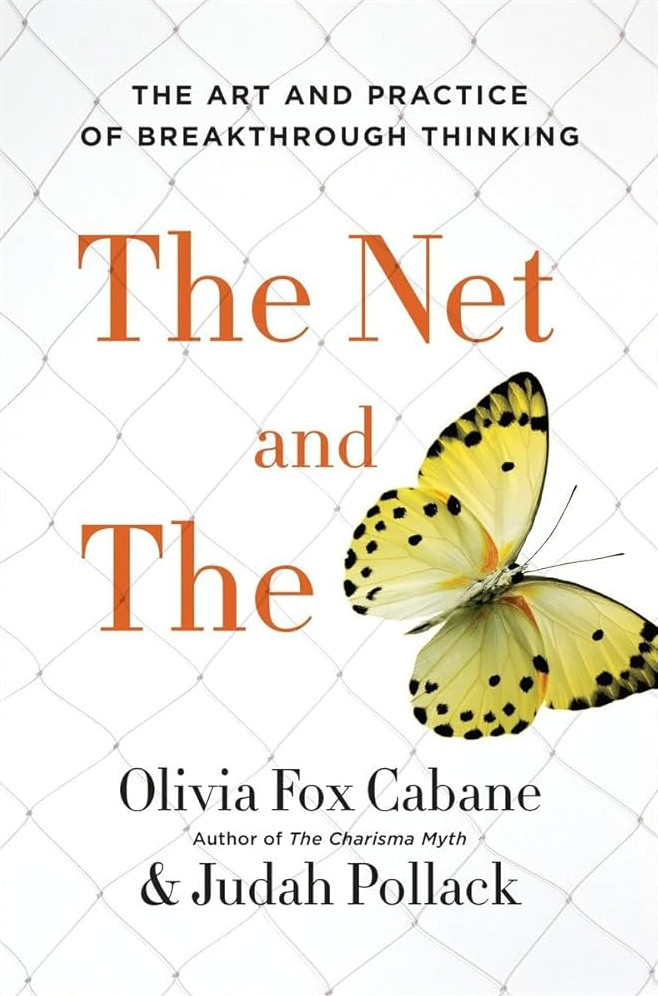Unexpectedly participated in a class action lawsuit in the USA
Recently, I unexpectedly encountered a justice system in the USA.
- In 2017-2018, when there was a crypto boom, I invested a little in a mining startup: I purchased their tokens and one hardware unit.
- The startup went up and began to build a mega farm, but it didn't work out — the fall of Bitcoin coincided with their spending peak, the money ran out, and the company went bankrupt. It's funny that a month or two after filing for bankruptcy, bitcoin played back everything. Sometimes you're just unlucky :-)
- I had already written off the lost money, of course. I acted on the rule "invest only 10% of the income you don't mind losing."
- Since everything legally happened in the USA, people gathered there and filed a class action lawsuit.
- I received a letter stating that I would be automatically among the plaintiffs if I did not refuse. I did not refuse; when else would I get an opportunity to participate in a class action?
- Everything calmed down until 2024.
- In the spring, another letter came: "Confirm the ownership of the tokens and indicate their quantity. We won and will share the remaining among all token holders proportionally, minus a healthy commission to the lawyers."
- But how do I confirm? More than five years have passed. The Belarusian bank account is closed, the company's admin panel is unavailable, and there was no direct transaction in the blockchain—I paid in Bitcoin directly from some exchange (although it is not recommended to do so).
- I found an email from the company confirming I bought tokens (without the amount) and printed it as a PDF. I attached it to the application with screenshots of the transactions from the exchange for the related period. I gave the address of my current wallet, where these tokens lie dead weight. I sent everything.
- Today, I received $700 in my bank account. Of course, this is not all the lost money, nearly 25%, maybe slightly more.
What conclusions can be drawn from this:
- Sometimes, you just don't get lucky in your business.
- Keep all emails. You never know what and when will come in handy.
- Class action lawsuits work and do it in an interesting way.
- Justice in the USA works slowly but, apparently, inevitably and unexpectedly (for me) loyally to minor participants in the conflict. At least sometimes.
Places to discuss Feeds Fun
I continue developing my news reader: feeds.fun. To gather information and people together, I created several resources where you can discuss the project and find useful information:
- Blog blog.feeds.fun
- Discord server
- Reddit r/feedsfun
So far, there is no one and nothing there, but over time, there will definitely be news and people.
If you are interested in this project, join! I'll be glad to see you and will try to respond quickly to all questions.
Review of the book "The Signal and the Noise"

Nate Silver — the author of "The Signal and the Noise" — is widely known for his successful forecasts, such as the US elections. It is not surprising that the book became a bestseller.
As you might guess, the book is about forecasts. More precisely, it is about approaches to forecasting, complexities, errors, misconceptions, and so on.
As usual, I expected a more theoretical approach, in the spirit of Scale [ru], but the author chose a different path and presented his ideas through the analysis of practical cases: one case per chapter. Each chapter describes a significant task, such as weather forecasting, and provides several prisms for looking at building forecasts. This certainly makes the material more accessible, but personally, I would like more systematics and theory.
Because of the case studies approach, it isn't easy to make a brief summary of the book. It is possible, and it would even be interesting to try, but the amount of work is too large — the author did not intend to provide a coherent system or a short set of basic theses.
Therefore, I will review the book as a whole, provide an approximate list of prisms, and list some cool facts.
«Slay The Princess» — combinatorial narrative

My favorite version of the Princess.
It's hard to impress me as a player and even harder as a game developer. The last time it happened with Owlcat Games in Pathfinder: Kingmaker, when they added a timer to the game's plot.
But Black Tabby Games managed to do it. And they did it not with some technological complexity but with a visual novel on a standard engine (RenPy), which is cool in itself.
I'll share a couple of thoughts about the game and its narrative structure, while I'm still under the impression. I need to think about how to adapt this approach to my projects.
ATTENTION: SPOILERS!
If you haven't played Slay The Princess yet, I strongly recommend you to catch up — the game takes 3-4 hours. You'll not regret it.
About the book "The Net And The Butterfly"

I bought "The Net And The Butterfly" by mistake when I was in St. Petersburg about 5 years ago and organized a book-shopping day. I bought about 10 kilograms of books :-D, grabbed this one on autopilot without reading the contents. I thought the book would be about the network effect and the spreading of ideas, but it turned out to be about how to "manage" a brain relying on one of the neural networks in it. Which network? For the book and its content it does not matter at all.
My opinion of "The Net And The Butterfly" is twofold. On the one hand, I cannot deny its usefulness, on the other… the material could have been presented 100 times better and 3 times shorter. Sometimes, the authors walk on thin ice and risk falling into information peddling/marketing fraud.